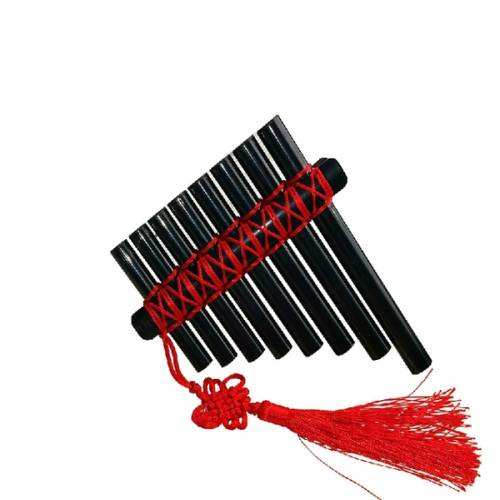Paixiao overview

Pai Xiao (pinyin: pái xiāo), also known as Pan Di, Fengwei Xiao, is an ancient musical instrument found in ancient China, South America, Europe, and Africa. Connect several wooden or bamboo pipes of different lengths, blow directly through the mouth, each pipe emits a sound, and the melody is displayed by continuously blowing different pipes.
As early as thousands of years ago, Xiao was circulated among the Chinese people. At that time, Xiao was a single-sided Yan Xiao. Later, it was discovered that pipes of different lengths can emit musical sounds of different heights, so they invented the exhaust.
Pai Xiao, chimes and chimes were all important musical instruments in ancient China. From the Spring and Autumn Period to the Qin and Han Dynasties, the pan flute was widely circulated among the people and played a more important role in the music of the Han Dynasty, but the instrument was subsequently lost until it was remanufactured in modern times.
The panpipes are shaped like phoenix wings and are made of bamboo. The number and length of the pipes in the past dynasties are different.
The sound of Paxiao is soft and elegant, and the low-pitched sound is deep and sad, with strong penetrating and vibrating power. Especially the aftertaste of the weak playing is continuous, giving people the feeling of "like resentment, like crying, like complaining". The timbre in the midrange is round and beautiful, soft with firmness, gentle with inner strength, suitable for expressing a clear and spacious artistic conception. The treble is clearer and brighter, but slightly tense and sharp. Generally speaking, the flute uses the middle and low-pitched regions more, and the treble region is less used.
- type:blow-hole air-sounding instrument
- nickname:Pan Di, Feng Wei Xiao
- Pinyin:pái xiāo
- shape:Several wooden or bamboo pipe connections of different lengths
overview of other similar instruments
- sanyanxiao overview
- Daguangxian overview
- Leiqin overview
- hahao overview
- yandundagu overview
- Han Xiaozheng overview
- Fang Xiang overview
- guanzi overview
- zhuqin (Dao Qin) overview
- zhuiqin overview
- bangzi overview
- three-stringed piano overview
- Gehu overview
- xiao overview
- xiaokonghou overview
- Konghou overview
- Sheng overview
- suona overview
- hulusi overview
- gushao overview
 渝公网安备 50010702504639号
渝公网安备 50010702504639号